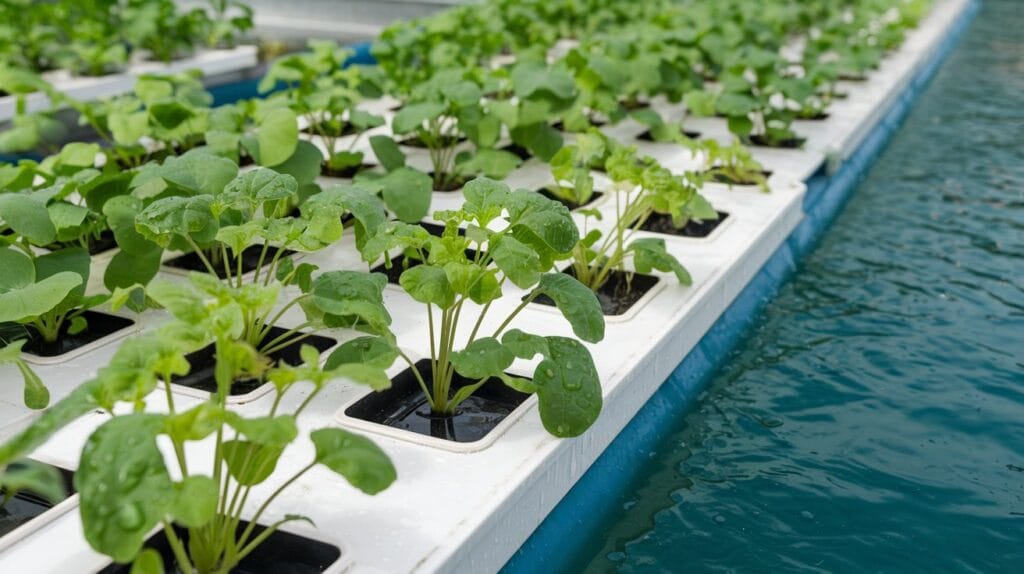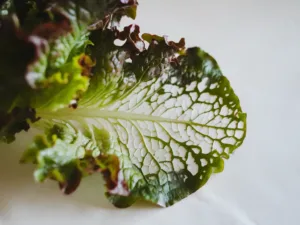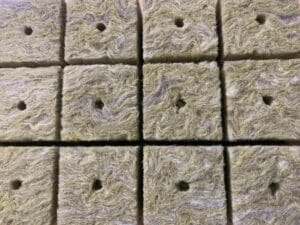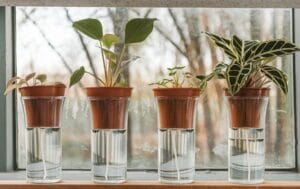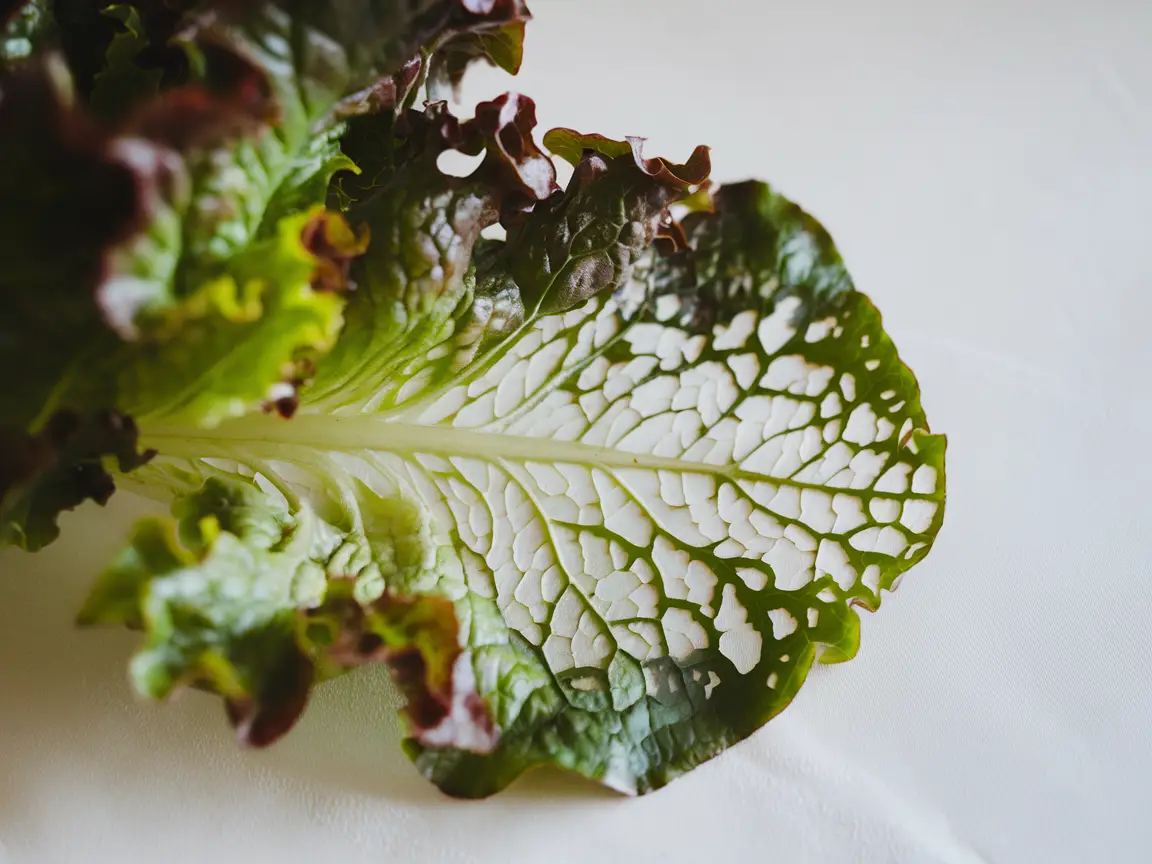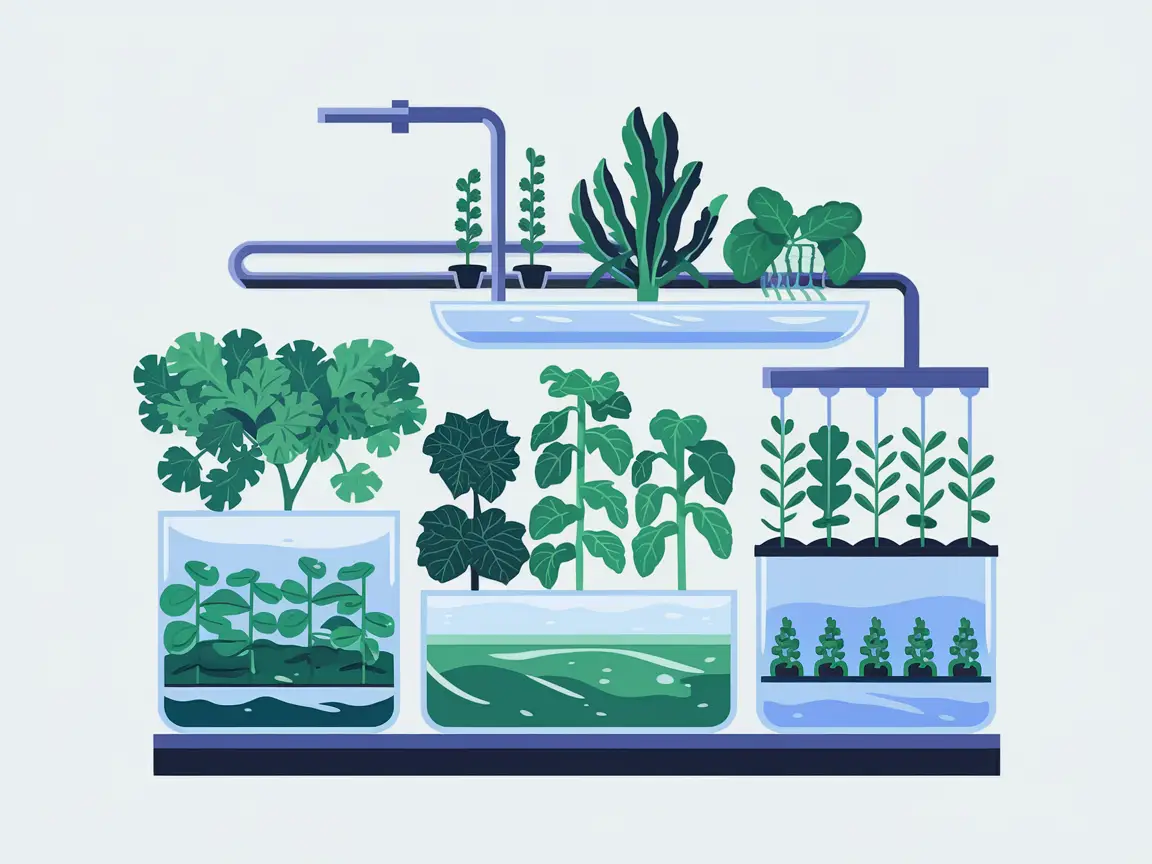What is Deep Water Culture?
Deep Water Culture (DWC) is a hydroponic system in which plant roots are suspended directly in a continuously aerated nutrient solution. This system consists of a container filled with water and a specialized nutrient solution.
Plants sit in net pots attached to a cover over the container, allowing the roots to reach down into the nutrient solution. An air pump and air stones continuously oxygenate the water, which is crucial for the roots.
Another approach in DWC is to use floating islands. Here, plants are placed on floating platforms so their roots remain submerged even if the water level drops. This provides the advantage of consistently optimal nutrient and water access for the plants.
This constant immersion in an oxygen-rich nutrient solution enables optimal plant growth, as they have continuous access to water, nutrients, and oxygen. The result is faster growth and higher yields compared to traditional growing methods.
Advantages
Deep Water Culture is the simplest hydroponic system. Despite its simplicity, it ensures that plant roots are consistently supplied with water and nutrients.
These benefits make DWC the preferred choice over other systems:
- Easy Maintenance: Compared to other hydroponic systems, DWC has few moving parts. Its simple design makes setup and maintenance straightforward.
- Low Cost: The simplicity of DWC keeps the initial and maintenance costs lower than other hydroponic systems. Apart from the air pump, operating costs are low since no complex systems or frequent replacement parts are needed.
- Simple to Build: This system can be set up with minimal effort and little technical knowledge.
- Highly Efficient and Productive: The constant supply of nutrients and aeration creates ideal growth conditions, resulting in impressive yields despite the simple setup.
These advantages make DWC an ideal choice for beginners in hydroponics. Its simplicity and reliable results provide a great introduction to the world of hydroponics.
Disadvantages
DWC also has a few downsides.
- Dependence on Electricity: The air pump, essential for oxygenating the roots, requires a continuous power supply. A power outage can quickly lead to oxygen deprivation, harming the plants.
- Sensitivity to Temperature: The water temperature must remain within an optimal range, as higher temperatures can reduce oxygen levels and hinder plant growth.
- Limited Plant Selection: DWC systems are best suited for smaller plants or herbs due to their structure. Larger plants require more space and stability, which is challenging to provide in this system.
The biggest risk is in maintaining adequate oxygen levels for the roots. However, with a reliable power source and a bit of attention, this challenge can be successfully managed. DWC remains an attractive choice for entry into hydroponics.
Building Your Own Deep Water Culture System
To set up a DWC system, you’ll need some basic materials and equipment. Here’s a list of the essential components:
- Container
- Net Pots
- Floating Islands (optional)
- Substrate
- Air Pump and Air Stones
- Nutrient Solution
- pH Meter and pH Regulators
- Water Thermometer
Container
An opaque container large enough to hold the plant roots and the nutrient solution. Plastic containers are a popular choice as they are lightweight and durable.
Net Pots
These pots securely hold the plants and allow roots to grow into the nutrient solution. They come in various sizes depending on the needs of your plants.
Floating Islands (Optional)
If you want to use floating islands, you’ll need additional materials such as foam boards or special floating platforms to attach the net pots.
Substrate
A substrate is needed to stabilize plants in the net pots. Common materials include clay pebbles, rock wool, or coconut fibers.
Air Pump and Air Stones
An air pump is essential to oxygenate the water. Air stones connected to the pump ensure even distribution of oxygen in the nutrient solution.
Nutrient Solution
Specially formulated hydroponic nutrients are necessary to provide all the essential macro- and micronutrients for your plants. These solutions are available in liquid or powder form.
pH Meter and pH Regulators
You’ll need a pH meter to monitor and adjust the pH level of the nutrient solution. pH Up and pH Down solutions help maintain the pH at an optimal level.
Water Thermometer
The nutrient solution temperature should be within the optimal range, usually between 18-24°C. A simple thermometer will help you monitor the temperature.
Care and Maintenance
To keep your DWC system functioning optimally and producing healthy plants, regular care and maintenance are essential. By following these tips, you’ll soon enjoy a successful harvest.
- Regularly monitor water quality, temperature, and pH levels.
- Check the air supply system for proper function.
- Regularly test nutrient concentration.
- Always ensure the cleanliness and health of your plants.
Common Problems and Solutions
Oxygen Deficiency
If the air pump fails or there is insufficient aeration, oxygen deficiency can damage the roots, leading to root rot and ultimately plant death. Regularly check the air pump and stones. It may also be useful to have a backup air pump.
Algae Growth
Algae thrive in nutrient solutions as they provide everything the algae need to grow. Algae not only look unsightly but also rob your plant of essential nutrients and can lead to oxygen deprivation by suffocating the roots.
To prevent algae growth, choose an opaque container and ensure as little light as possible reaches the nutrient solution.
Clean the container whenever you change the nutrient solution or plants.
Nutrient Deficiency
If plants do not receive enough nutrients, they may show signs of deficiency, such as yellowing leaves or stunted growth. Test the nutrient solution regularly and add more nutrients if needed. Follow the nutrient manufacturer’s instructions carefully. If in doubt, replace the entire nutrient solution. Take this opportunity to clean the container as well.
pH Fluctuations
The nutrient and water uptake by your plants can cause pH fluctuations. An incorrect pH level can impair nutrient absorption.
Monitor the pH level of the solution and adjust it with pH Up or pH Down as needed to keep it within the optimal range.
Pest Infestation
Although hydroponic systems are often less susceptible to pests, infestations by pests such as aphids or spider mites can still occur. Regularly inspect your plants and manually remove pests or use suitable biological pest control methods.
Frequently Asked Questions
Here are some frequently asked questions about Deep Water Culture and their answers:
How often should I change the nutrient solution?
It is recommended to change the nutrient solution every two to three weeks. This ensures your plants always receive fresh and balanced nutrients.
Regular changes also help prevent the growth of algae and harmful bacteria. Be sure to thoroughly clean the system before refilling it with the new solution to maintain a healthy environment for your plants.
Which plants are best for Deep Water Culture?
DWC is especially well-suited for leafy greens such as lettuce and spinach, as well as herbs like basil and mint. These plants benefit from the constant nutrient and water supply.
Smaller fruits and vegetables like strawberries and peppers can also be grown successfully. However, they may require additional support to bear the weight of their fruits.
How important is lighting for Deep Water Culture?
Lighting is crucial, especially for indoor growing. Plants need light for photosynthesis to grow healthy and strong. LED grow lights are a popular choice as they are energy-efficient and provide the necessary light spectrum for plant growth.
It’s important to ensure your plants receive enough light each day, typically 12 to 16 hours. If growing outdoors, ensure they get adequate natural sunlight.
Can I use Deep Water Culture outdoors?
Yes, DWC can be used outdoors. However, it’s important to protect the system from extreme weather conditions such as heavy rain, wind, or intense sunlight. A shaded but bright location is ideal.
If using outdoors, you may need to check and refill the water level more frequently as evaporation from sunlight and wind can be higher.
What should I do during a power outage?
In the event of a power outage, it’s important to have a backup solution for oxygenating the plants. A battery-operated air bubbler can be a good emergency solution.
If you live in an area with frequent power outages, consider using an uninterruptible power supply (UPS) for your air pump. This ensures oxygen supply during short power outages.
How can I prevent algae growth?
To prevent algae growth, keep the container opaque to block light. Algae need light to grow, so a light-blocking container helps minimize the issue.
Regularly clean the system to remove any deposits that could promote algae growth. You can also use anti-algae treatments to further control growth.
How do I check the pH of the nutrient solution?
Use a pH meter or test strips to check the pH of the nutrient solution regularly. The optimal range for most plants is between 5.5 and 6.5.
You should test the pH weekly and adjust it with pH Up or pH Down as necessary. Regular checks help ensure plants can absorb nutrients efficiently.
Can I make my own nutrient concentrate?
It’s possible to create your own nutrient concentrate by mixing the required macro- and micronutrients in the right proportions. However, this requires some knowledge and experience.
Beginners are advised to use pre-made hydroponic nutrients, as these are already optimally formulated to ensure your plants receive all the necessary nutrients in the correct amounts.

